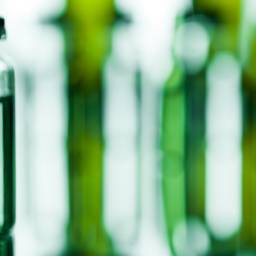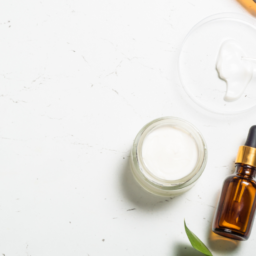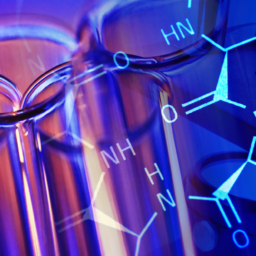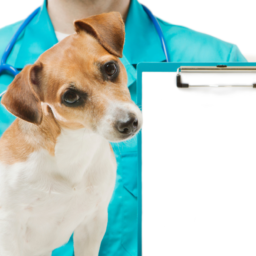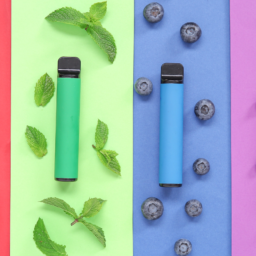The introduction of Regulation (EU) 2017/745 on Medical Devices (“MDR”) gave rise to a number of questions regarding products which – under certain conditions – could be classified either as medicinal products or medical devices. Marketed products may not be subject to the MDR and the Medicinal Products Directive 2001/83/EC (“MPD”) at the same time, so it was important to set out rules that allow these products to be classified under one of those acts. Luckily, the EU authorities have prepared a set of rules and guidelines to clarify some of the issues.
The definitions provided in the relevant legal acts, while clear at first sight, are actually of little help when applied in more difficult cases regarding “borderline” products.
According to the MDR, a medical device is:
Any instrument, apparatus, appliance, software, implant, reagent, material or other article intended by the manufacturer to be used, alone or in combination, for human beings for one or more of the following specific medical purposes:
- diagnosis, prevention, monitoring, prediction, prognosis, treatment or alleviation of disease,
- diagnosis, monitoring, treatment, alleviation of, or compensation for, an injury or disability,
- investigation, replacement or modification of the anatomy or of a physiological or pathological process or state,
- providing information by means of in vitro examination of specimens derived from the human body, including organ, blood and tissue donations, and which does not achieve its principal intended action by pharmacological, immunological or metabolic means, in or on the human body, but which may be assisted in its function by such means.
Meanwhile, a medicinal product is:
Any substance or combination of substances presented as having properties for treating or preventing disease in human beings; or
Any substance or combination of substances which may be used in or administered to human beings either with a view to restoring, correcting or modifying physiological functions by exerting a pharmacological, immunological or metabolic action, or to making a medical diagnosis.
Generally, a medical device does not achieve its principal intended action by pharmacological, immunological, or metabolic means (but may be assisted by them); however, a medicinal product does. Therefore, a medical device’s main mode of achieving its purpose is physical, while a medicinal product’s is pharmacological, immunological, or metabolic.
For that reason, it is also important to understand the precise meaning of the terms:
‘Pharmacological means’ is understood as an interaction typically at a molecular level between a substance or its metabolites and a constituent of the human body which results in the initiation, enhancement, reduction, or blockade of physiological functions or pathological processes.
‘Immunological means’ is understood as an action initiated by a substance or its metabolites on the human body and mediated or exerted (i.e. stimulation, modulation, blocking, replacement) by cells or molecules involved in the functioning of the immune system.
‘Metabolic means’ is understood as an action of a substance or its metabolites which involves an alteration of a biochemical process, including:
- stopping,
- starting,
- changing rate, extent, or nature;
whether physiological or pathological, participating in, and available for, the functioning of the human body.
There is also an important issue of substances constituting a part of a medical device, which – if used separately – would be considered or are a medicinal product.
If a reviewed product includes such medicinal substances, several factors must be taken into account to make the final assessment.
Firstly, the availability of the substance to the organism and its quantity are irrelevant to the final assessment. Just the presence of such substance must be taken into account.
Secondly, the action of that substance is what differentiates the final classification of the product. If the medicinal product’s action is ancillary (secondary) to the main function of the product, the whole product should still be considered to be a medical device. If the function of the medicinal product was primary to the function of the product, the whole product would be regarded as a medicinal product.
At the same time, if a medical device is merely intended to administer a medicinal product, then it should be regulated under the MPD.
For example, the following products would be considered medicinal products under the MPD:
- syringes prefilled with a medicinal product,
- aerosols containing a medicinal product, and
- nebulisers pre-charged with a specific medicinal product.
On the other hand, the following would be considered medical devices, assessed and certified under the MDR:
- catheters coated with heparin or an antibiotic agent,
- bone cements containing an antibiotic,
- root canal fillers which incorporate medicinal products with an ancillary action to that of the device, and
- soft tissue fillers incorporating local anaesthetics.
In conclusion, if the role of the medicinal product included in the medical device is secondary to the function of the medical device, then – generally – the product should be regarded as a medical device. On the other hand, if the medical device is secondary to the function of the medicinal product, then the product is regarded as a medicinal product.



